Archives
- 2025-11
- 2025-10
- 2025-09
- 2025-03
- 2025-02
- 2025-01
- 2024-12
- 2024-11
- 2024-10
- 2024-09
- 2024-08
- 2024-07
- 2024-06
- 2024-05
- 2024-04
- 2024-03
- 2024-02
- 2024-01
- 2023-12
- 2023-11
- 2023-10
- 2023-09
- 2023-08
- 2023-07
- 2023-06
- 2023-05
- 2023-04
- 2023-03
- 2023-02
- 2023-01
- 2022-12
- 2022-11
- 2022-10
- 2022-09
- 2022-08
- 2022-07
- 2022-06
- 2022-05
- 2022-04
- 2022-03
- 2022-02
- 2022-01
- 2021-12
- 2021-11
- 2021-10
- 2021-09
- 2021-08
- 2021-07
- 2021-06
- 2021-05
- 2021-04
- 2021-03
- 2021-02
- 2021-01
- 2020-12
- 2020-11
- 2020-10
- 2020-09
- 2020-08
- 2020-07
- 2020-06
- 2020-05
- 2020-04
- 2020-03
- 2020-02
- 2020-01
- 2019-12
- 2019-11
- 2019-10
- 2019-09
- 2019-08
- 2019-07
- 2019-06
- 2019-05
- 2019-04
- 2018-11
- 2018-10
- 2018-07
-
Subsequently Palvimaki et al corroborated Ni and Miledi s
2024-09-26
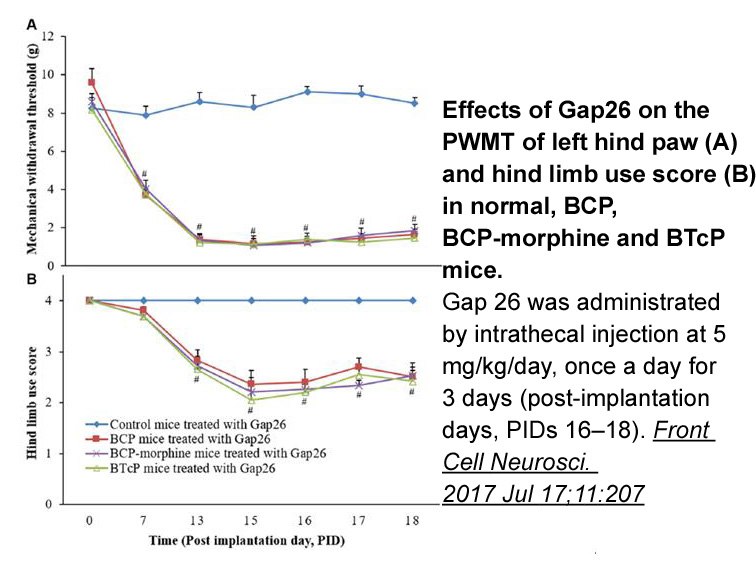
Subsequently, Palvimaki et al. (1999) corroborated Ni and Miledi's study by demonstrating that treatment with fluoxetine leads to 43% occupancy of the 5-HT2C receptors. Moreover, the affinity of fluoxetine for 5HT2C receptors (Ki 65 nM) is close to its affinity for 5-HT transporters (Ki 33 nM) (Ni a
-
Acknowledgments br P c is expressed in several
2024-09-26
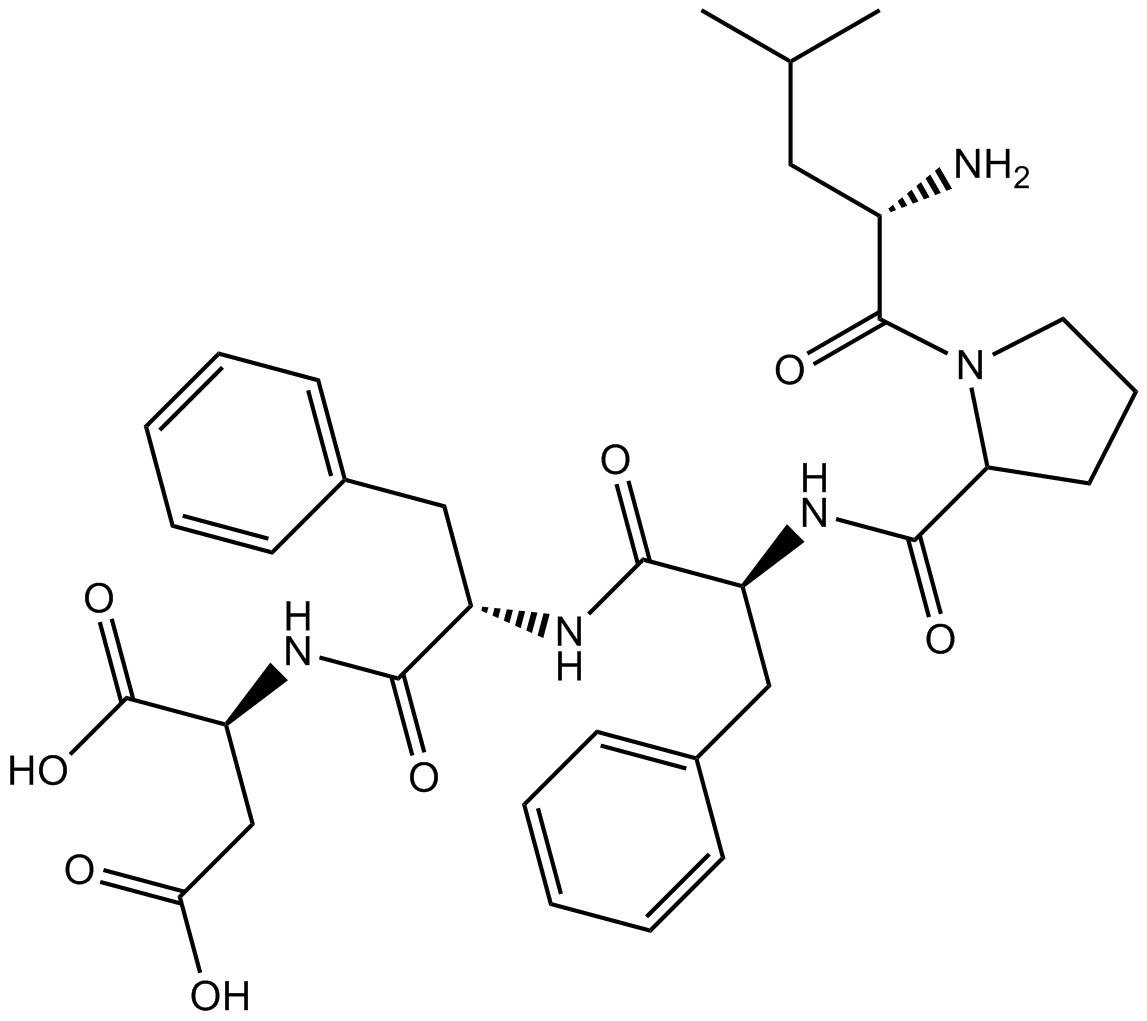
Acknowledgments P450c17 is expressed in several steroidogenic tissues, including the adrenal cortex, the ovary, and the testes (). Thus, 17α-hydroxylase/17,20-lyase is a key enzyme required for the production of both cortisol and sex steroids. This enzyme defect blocks the synthesis of cortisol,
-
ATX LPA signaling in cancer is also well
2024-09-26
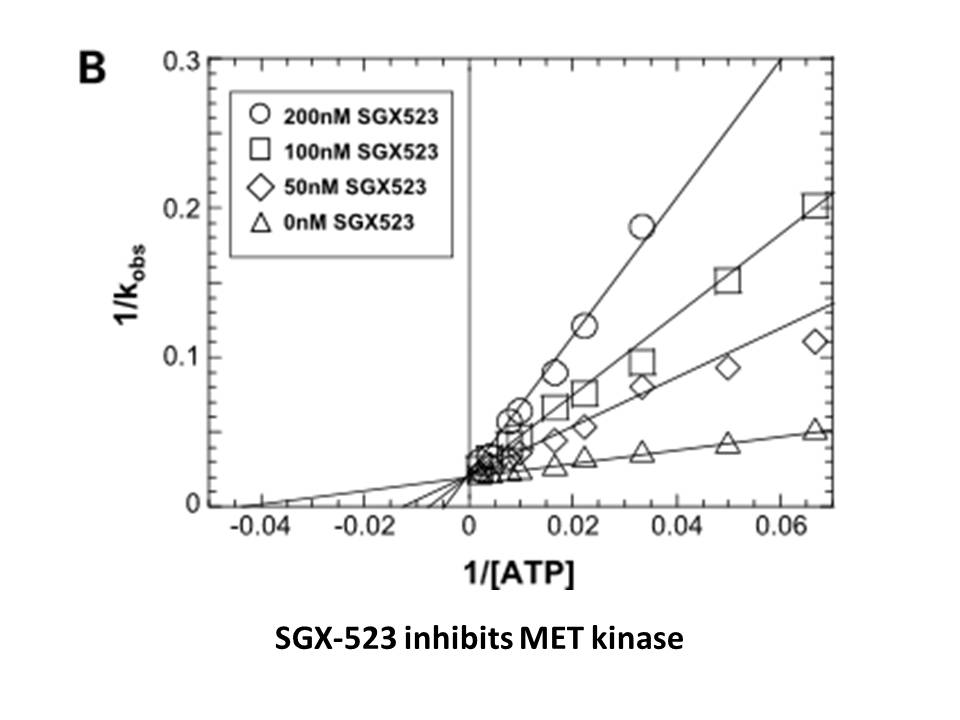
ATX/LPA signaling in cancer is also well known to promote chemotherapy and radiotherapy resistance [7]. Furthermore, others have recently shown that endothelial-derived ATX activity in renal cell carcinoma promotes renal tumorgenesis and acquired resistance to sunitinib through an IL-8-mediated mech
-
To elucidate whether membrane fluidity
2024-09-25
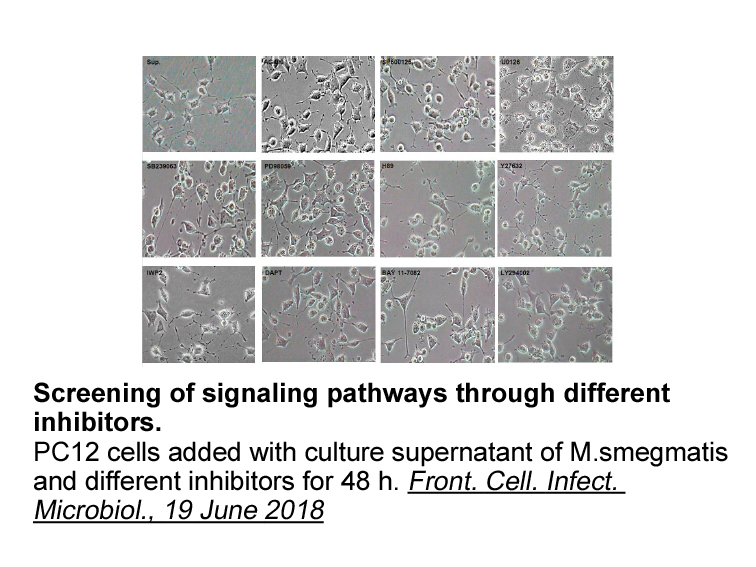
To elucidate whether membrane fluidity changes could impact on signaling pathways, we examined the effects of Rh2 on the activation of Akt, a lipid raft-associated protein kinase, which promotes cell survival and blocks the apoptotic pathways. Upon pretreatment with 5 mM MβCD and in the absence of R
-
Plasma apelin levels predict the major cardiovascular
2024-09-25

Plasma apelin levels predict the major cardiovascular event after percutaneous coronary intervention in patients with ST elevation myocardial infarction (STEMI), and adverse events are higher in patients with lower plasma apelin levels [75]. Apelin and its receptor are markedly upregulated in the he
-
br Experimental section br Acknowledgements This
2024-09-25

Experimental section Acknowledgements This work was funded by the Italian Association for Cancer Research (AIRC IG18590 to A.A.), by “Fondi di Ateneo-University of Pisa” years 2009 and 2010 (E. N., S. N., E. O., and A. R.) and partially by the Unipi project P.R.A.2016_27 (E. N., E.O. and A. R.
-
The Irbesartan Diabetic Nephropathy Trial enrolled patients
2024-09-25
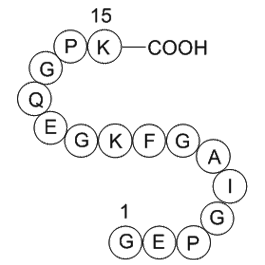
The Irbesartan Diabetic Nephropathy Trial enrolled patients with type 2 diabetes, proteinuria of at least 0.9 g/24 h, BP >135/85 mmHg and moderate kidney impairment (creatinine 88 to 265 µmol/L in women or 106 to 265 µmol/L in men). Patients were randomized to receive irbesartan (titrated from 75 to
-
Consideration of the rate of product formation at
2024-09-25
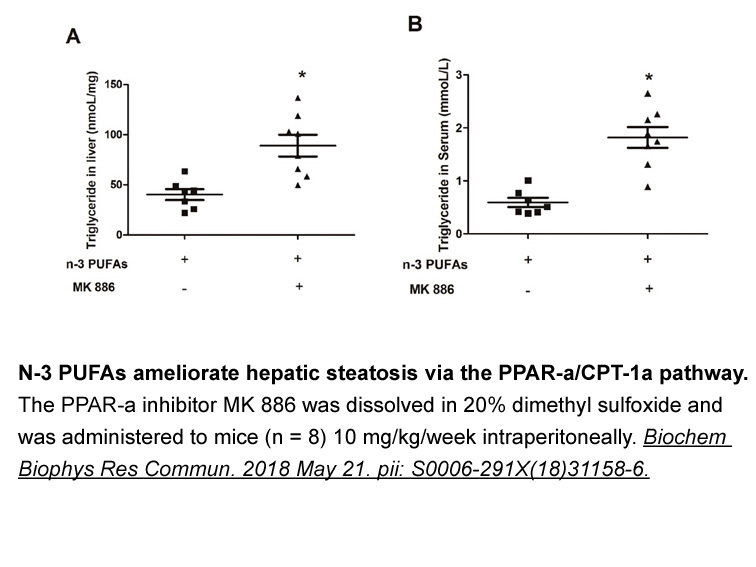
Consideration of the rate of product formation at different substrate concentrations and estimation of Michaelis-Menten parameters gives some insight into the possible mechanisms underlying the observed decreases in enzyme activity. Estimates based on two-substrate concentrations lack precision and
-
The reactions and the control mechanisms described are
2024-09-25
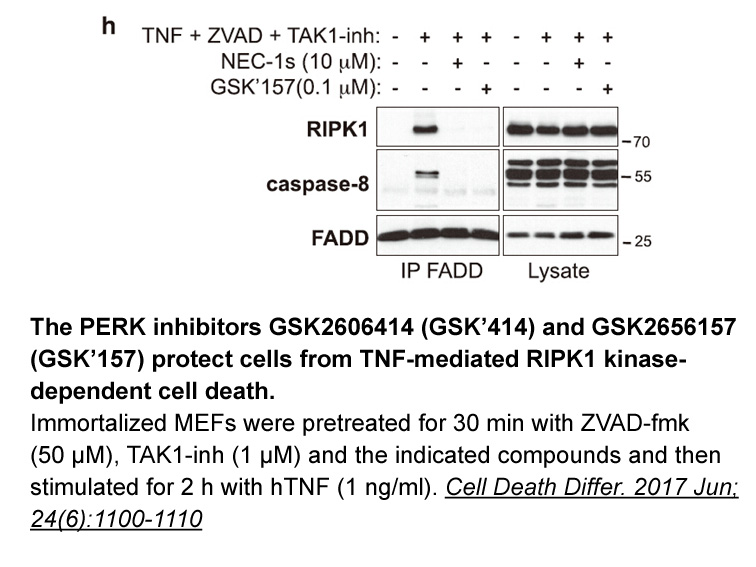
The reactions and the control mechanisms described are all supported by observations. For example the reactions require that different compounds are formed in different groups of actin polymerization inhibitor cells and this has been observed [15]. Intravenous injection of glycine results in reduce
-
The role of the adaptive immune response in AD is
2024-09-25
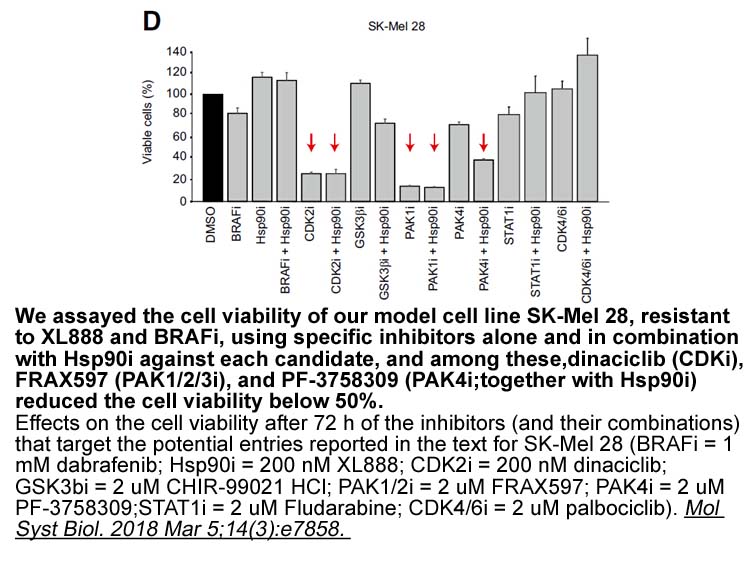
The role of the adaptive immune response in AD is not fully understood and previous studies are controversial. In this context, serum levels of T and B lymphocytes were found to be reduced in AD patients, suggesting a decline of the immune response during the course of the disease (Richartz-Salzburg
-
br Conclusion br Conflict of interest br Acknowledgements
2024-09-25
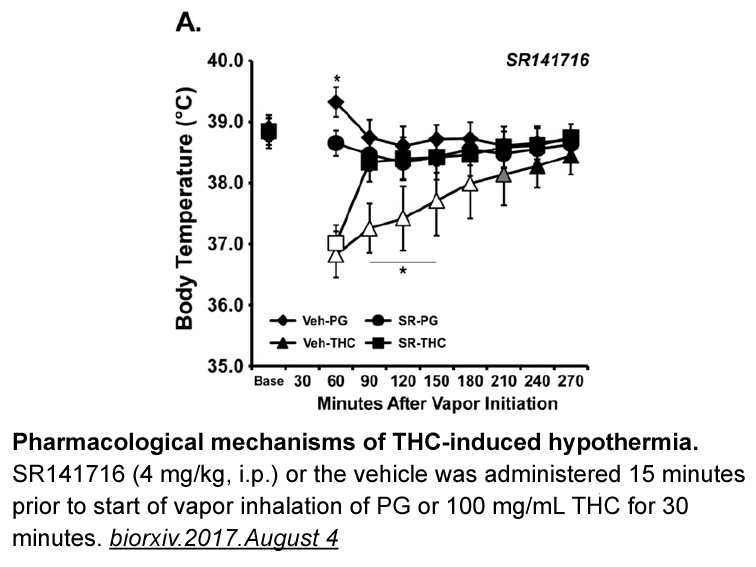
Conclusion Conflict of interest Acknowledgements Introduction Human salivary aldehyde dehydrogenase (hsALDH) (E.C. 1.2.1.5) is the first line of defence against toxic aldehydes in the oral cavity. HsALDH is primarily a dimeric, class 3 ALDH (ALDH3A1) specific for aromatic and long/medium
-
In order to investigate their effects in
2024-09-25

In order to investigate their effects in vitro, therefore, we first used TE671 cells, which have provided a useful source of human AChR for in vitro and radioimmunoassay studies. We found no marked effect of either MuSK-MG or SNMG sera on AChR numbers or on AChR subunit expression. This appears to c
-
br AD and COX LOX pharmacology Early
2024-09-24
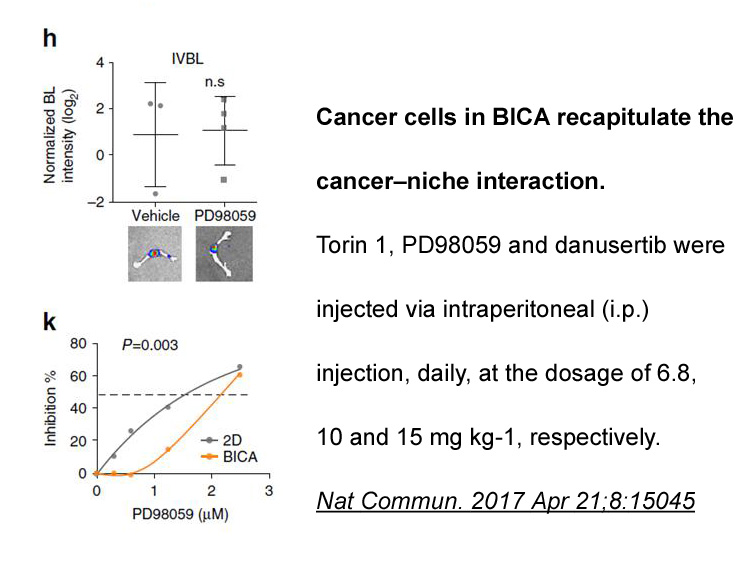
AD and COX/5-LOX pharmacology Early studies on the role of cyclooxygenases in AD were inspired by epidemiological data suggesting that COX inhibitors such as nonsteroidal anti-inflammatory drugs (NSAIDs) could be beneficial in AD patients (Lucca et al., 1994, McGeer et al., 1990). This line of re
-
br ASK in Huntington s disease and
2024-09-24
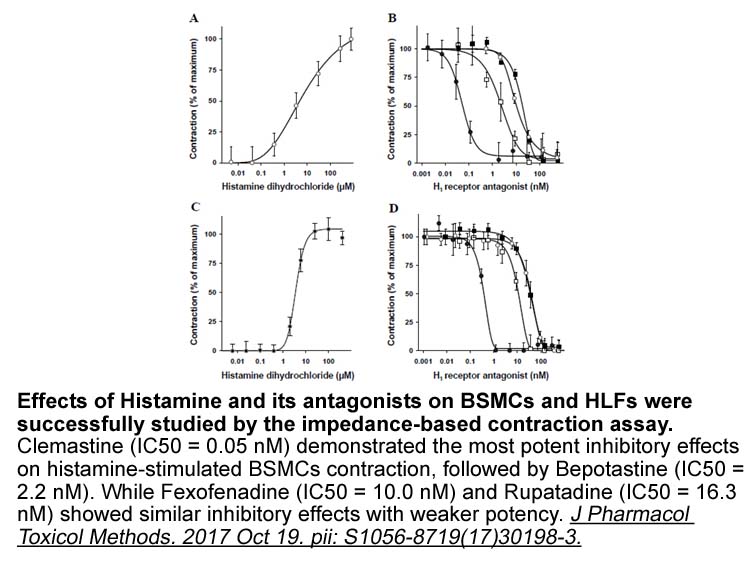
ASK1 in Huntington's disease and other polyglutamine diseases The polyglutamine (polyQ) diseases are a group of inherited neurodegenerative disorders caused by the expansion of cytosine-adenine-guanine (CAG) trinucleotide repeats in the coding regions of specific genes, leading to the production
-
br Dysregulated aromatase expression the link between obesit
2024-09-24

Dysregulated aromatase expression: the link between obesity and breast cancer Obesity has been associated with abnormally high expression of the enzyme aromatase in the breast, influencing the local production and bioavailability of estrogens (Morris et al, 2011, Subbaramaiah et al, 2012). Bowers
15921 records 82/1062 page Previous Next First page 上5页 8182838485 下5页 Last page